Equipment
Fujikura launches new Ventus TR Blue shafts for 2022 (plus a deep Q&A)
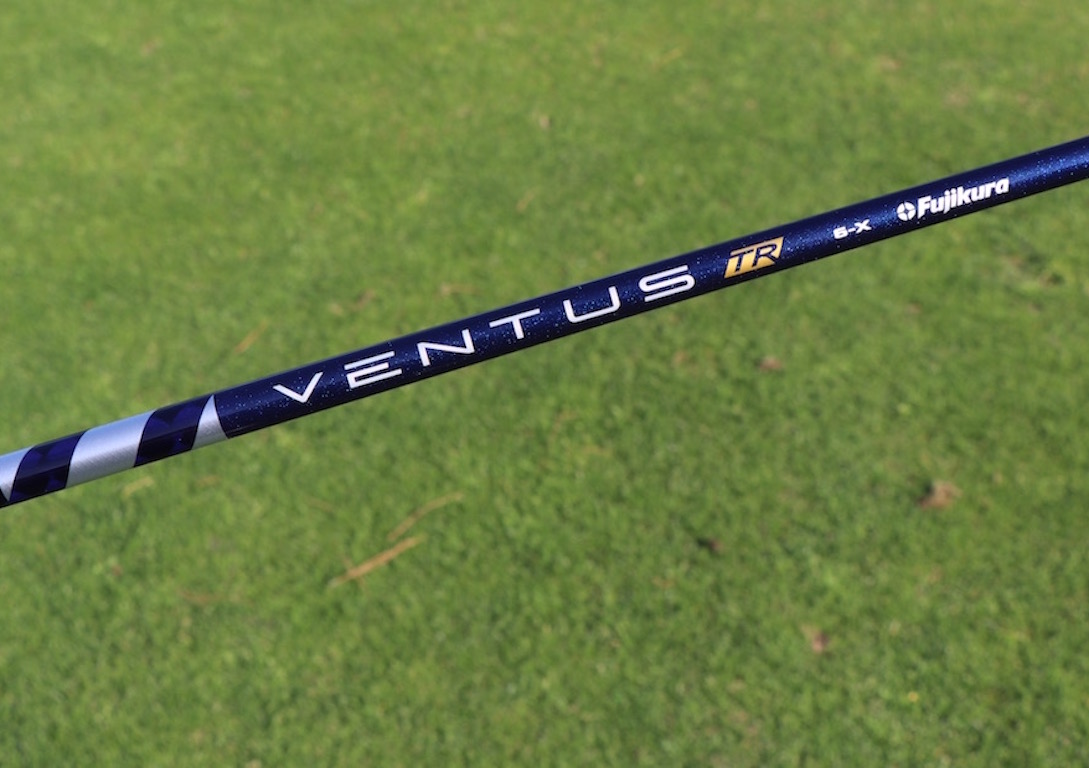
Fujikura’s family of Ventus shafts is undoubtedly one of the company’s best-performing, most popular and best-selling shaft lineups ever.
Back in September 2018, Fujikura launched the Ventus Blue shaft on the PGA Tour, finding immediate success for its ability to create speed without sacrificing stability. The secret sauce was a technology called “VeloCore,” which is a multi-material construction that uses ultra-stiff Pitch 70 Ton carbon fiber to increase stiffness.

The Ventus Blue allowed players to hit the center of the face more often due to a reduction in twisting and droop on the downswing.
As a mid-launch and mid-to-low launch shaft that provided speed and stability, the Ventus Blue fit the swings of most players. But, of course, there was demand for other models both in the market and on Tour. So, in September of the following year, Fujikura launched the Red (higher launch/higher spin) and Black (lower launch/lower spin) versions to appeal to the needs of different swings.
Fujikura’s arsenal of Ventus shafts allowed nearly any golfer across the swing spectrum to fit into one of the three options, including top tour players.
Although the Ventus shafts remain in the bags of tour players and perform well in the market, Fujikura has been working behind the scenes over the last several years to enhance performance.

After using its in-depth ENSO analytics and working closely with tour players, Fujikura has developed a new Ventus TR Blue shaft. Like the original Ventus Blue, the TR version is a mid-launch shaft, except it’s stiffer in the mid/handle section to improve stability and consistency of strike.
While VeloCore is still used throughout the Ventus TR shaft, the new construction features “Spread Tow” fabric in the butt-end section to increase torsional stiffness. Spread Tow, essentially, is a checkerboard-like design that weaves fibers together to increase strength and reduce weight. According to Fujikura, the torque is 10 percent stiffer in the section that uses this design.
Fujikura’s Product Marketing Manager, Spencer Reynolds, explains exactly what Spread Tow is and why it’s effective
“Essentially, there’s a standard carbon weave and then there’s a Spread Tow carbon weave. What a Spread Tow does is it takes all these individual strands of carbon and irons them flat into a tape, and then weaves those over-under, over-under almost like a checkerboard pattern. So there’s very little space for resin to accumulate, you get super low resin content, and then you also get a lot of strength in varying directions. It can take pull and load in multiple directions. Another benefit is that it’s super lightweight. You’re getting an incredible amount of strength, in an ultra-lightweight package.” (Read the Q&A later in the piece for way more insight from Reynolds on the Ventus TR).
For golfers, the new Ventus TR construction will lead to more stability at impact and during the backswing-downswing transition. In comparison to the original Ventus Blue, the Ventus TR will play slightly stiffer for lower spin but not quite as stiff as the Ventus Black.

Debuting a slightly new look, the Ventus TR has a lightweight phantium paint finish that glistens in the sunlight, and it has a gold “TR” block. Also, if you look closely at the butt-end section of the shaft, you can visibly see the Spread Tow woven technology. Fujikura has confirmed that the checkered design isn’t just a graphic — that’s a look into the real technology through the paint finish.
Described by Fujikura as a mid-launch, low-spin shaft, the Ventus TR comes in the following options: Ventus TR Blue 50 (R2, R and S flex), Ventus TR Blue 60 (R, S and X flex), Ventus TR Blue 70 (S and X flex) and Ventus TR Blue 80 (S and X flex), each of which are available at 46 inches.
Fujikura’s new Ventus TR Blue shafts will be available at over 600+ authorized retailers starting Feb. 1, 2022, selling for $350 apiece.
Fujikura Ventus TR: The inside story
For more on the Ventus TR, how it was designed, what it’s designed to do, and what the “TR” actually stands for, we talked with Spencer Reynolds, Product Marketing Manager at Fujikura.
Tursky: Simple question to start, what exactly is the Ventus TR shaft? What’s different about the new design?
Reynolds: Yeah, so on our end, for the last three years, really, people have been asking us what’s going to be next for Ventus, right? That’s kind of the curse and the blessing of having a really successful part. And the cool thing about Ventus is that it’s successful from the amateur level all the way to the PGA Tour. So you get tasked with these three things. 1) They want something new, 2) it needs to be better and 3) don’t change it. It’s kind of an awkward recipe to make new product.
So what we find is it’s a bit of a three-step process. It starts with taking a successful part and profile, and let’s listen to feedback. So we talk to tour pros, we’ll talk to charter dealers, we’ll talk to players and say, ‘Alright, if there was something about a particular profile that you’d want to change or enhance, what would it be?’
The luxury that we have is we take that feedback, and then we can kind of pair that up with our ENSO analytics. We have thousands of lines of different data and combinations of shaft builds, and how that interacts with different players, so we can pretty confidently say if we take this feedback, we make this change here, we make this section different, we make it softer or stiffer, whatever it is, we can look at an algorithm and look and past data and get a pretty good feel for how this is going to play out.
Then step three is, we find the right recipe, build prototypes, test it to death, and then roll it out to market. And that’s the super simplified version of it.
We got really nitpicky with Ventus, and one of the things we realized was that VeloCore technology is still an incredibly stable platform. So combine that incredibly stable core, incredibly ultra-stiff tip section, we have a lot of stability there. But what ENSO analytics showed us was, when a shaft goes into transition on the downswing, especially at higher swing speeds, but really for all swing speeds, that’s where a shaft takes on a lot of stress – unwanted stress, anytime there’s a quick change in direction. And we see that happen in the mid-handle section. That’s really where that occurs a lot.
Anytime we see that inconsistency in a shaft build, it can lead to unnecessary twist or unwanted twist. We want this piece from grip to tip to be as consistent as possible. So you start to look at specific sections now, and if this is a weak section or a section that can be compromised, how can we beef it up. Easy thing is we strap a bunch of material to it, right? But that doesn’t work because now you’re compromising swing weight, overall weight, and in a profile like a mid-launch, low-spin profile shaft like this, you’re really starting to compromise feel. You’re starting to push it much more into that handle-stiff, rebar, high swing speed space. This can live there with stiffer flexes and higher weights, but in that mid-low spin range, you want to maintain some of that feel.
So it leads us down a rabbit hole, how can we source new composites? How can we source new materials? How can we solve this problem? Well, we integrated a new Spread Tow carbon fabric.
Essentially, there’s a standard carbon weave and then there’s a Spread Tow carbon weave. What a Spread Tow does is it takes all these individual strands of carbon and irons them flat into a tape, and then weaves those over-under, over-under almost like a checkerboard pattern. So there’s very little space for resin to accumulate, you get super low resin content, and then you also get a lot of strength in varying directions. It can take pull and load in multiple directions. Other benefit is that it’s super lightweight. You’re getting an incredible amount of strength, in an ultra lightweight package.
Now we get away from that idea of compromising swing weight or overall weight, but when we measure this – we have a proprietary measurement system where we don’t just look at torque overall. We look at torque in every section of the shaft specifically. So what is the handle torque? What is the mid torque? What is the tip torque? And we compare that section to a Ventus Blue, and it jumps the torsional stiffness almost 10 percent in that specific section, which is a big chunk.
Tursky: What do these benefits equate to in real life for a golfer?
Reynolds: The basic way to look at it is, you’re increasing consistency by that much more by increasing stability that much in a shaft. So any increase we see in stability, especially getting into double digits, it’s a huge gain.
What it really gives players, though, is you’re not really compromising player feel. So you’ve increased torsional stiffness in that section and made the shaft that much more consistent, without it feeling boardy or stiff in a particular section.
Tursky: So, in the handle section, you can see a checkerboard style graphic. Those are just graphics, right? You’re just highlighting the technology underneath?
Reynolds: No, you’re seeing the material. That’s the material showing through, so you can actually see that under the Ventus decal, especially in the sunlight. When you see the checkerboard popping at you, there’s just a touch of paint over it. That’s the actual material on the part. So you will see some cool cosmetic changes on this, you will see a kind of sparkly blue finish that you can see when we’re in the sunshine. It’s got the added “TR” graphic to go in the label.
Tursky: What does the “TR” stand for?
Reynolds: It really doesn’t have a necessary meaning, but it has cool company history. We’ve had a TR part in the past in the Speeder TR. So, to us, it kind of means a lot of different things. In the past we’ve called the TR, we’ve called it tour rated, torsionally reinforced, we’ve come up with a million different acronyms, but truthfully it’s just kind of a brand name for us that has cool company history.
Tursky: I always thought it was “tour ready”…
Reynolds: Yeah, tour ready. We’ve gone through a litany of things. But for us, it’s kind of just a nod to our company history. And it helps it stand out just a little bit, too. As easy as the Ventus 2.0 would have been, we wanted to add some substance with it with a cool nod.
Tursky: In general, if I’m hitting an original Ventus against a Ventus TR, what are some things I can expect?
Reynolds: Yeah, you’ll start to see some slight changes. We have integrated some stiffness to the profile. I would say that apples-to-apples, compared to a Blue, you may see some lower spin, certainly not as aggressive as Ventus Black. But it’s player dependent. We can look at a player profile on a spec chart and have a good idea of how it’s going to perform, but if you really want to know how it works for you, it’s always best case scenario to get fit, try it, try different combinations, and see what really sings for you.
Tursky: So, at least for now, there’s just a TR Blue?
Reynolds: There is. I know what your next question is. I’ll tell you this. Anytime we integrate a new technology that we see great success with, we absolutely explore it into other profiles. It’s absolutely in the consideration. And the cool things really from a design perspective with the TR, and we talked about this a little bit in a product last year, which was Speeder NX, we talked about a thing called variable torque. And we’ve really done a lot in that design space that we’re targeting these specific sections. What we found is that really is a powerful lever in adjusting shaft performance. Really targeting specific sections and talking about twisting profiles versus just E.I. profiles, whether that’s adding or subtracting material. Whatever it is, that idea of varying toque in specific sections is a space that we feel we’re just dipping our toe into and we’re really excited to run with. We’ve seen really cool results so far with the Ventus TR and we’re psyched about it.
Equipment
BK’s Breakdowns: Cameron Young’s winning WITB, 2025 Wyndham Championship

Cameron Young’s WITB from his win at the 2025 Wyndham Championship. Cameron is a Titleist staff player but his bag is definitely filled with some unique clubs. Here are the clubs he used to secure his first PGA Tour win!
Driver: Titleist GT2 (9 degrees, A1 SureFit setting)
Shaft: Mitsubishi Tensei 1K Pro Orange 70 TX
3-wood: Titleist GT3 (15 degrees)
Shaft: Mitsubishi Tensei 1K White 80 TX
Hybrid: Titleist GT2 (21 degrees)
Shaft: Fujikura Ventus HB Black VeloCore+ 10 X
Irons: Titleist T200 (4), Titleist T100 (5), Titleist 631.CY Prototype (6-9)
Shafts: True Temper Dynamic Gold X7 (4-9)
Wedges: Titleist Vokey Design SM10 (48-10F, 52-12F, 56-14F @57), WedgeWorks (60-K* @62)
Shafts: True Temper Dynamic Gold X7
Putter: Scotty Cameron Phantom 9.5 Tour Prototype
Grips: Golf Pride Tour Velvet Cord
Ball: Titleist Pro V1x Prototype
Whats in the Bag
Peter Malnati WITB 2025 (August)
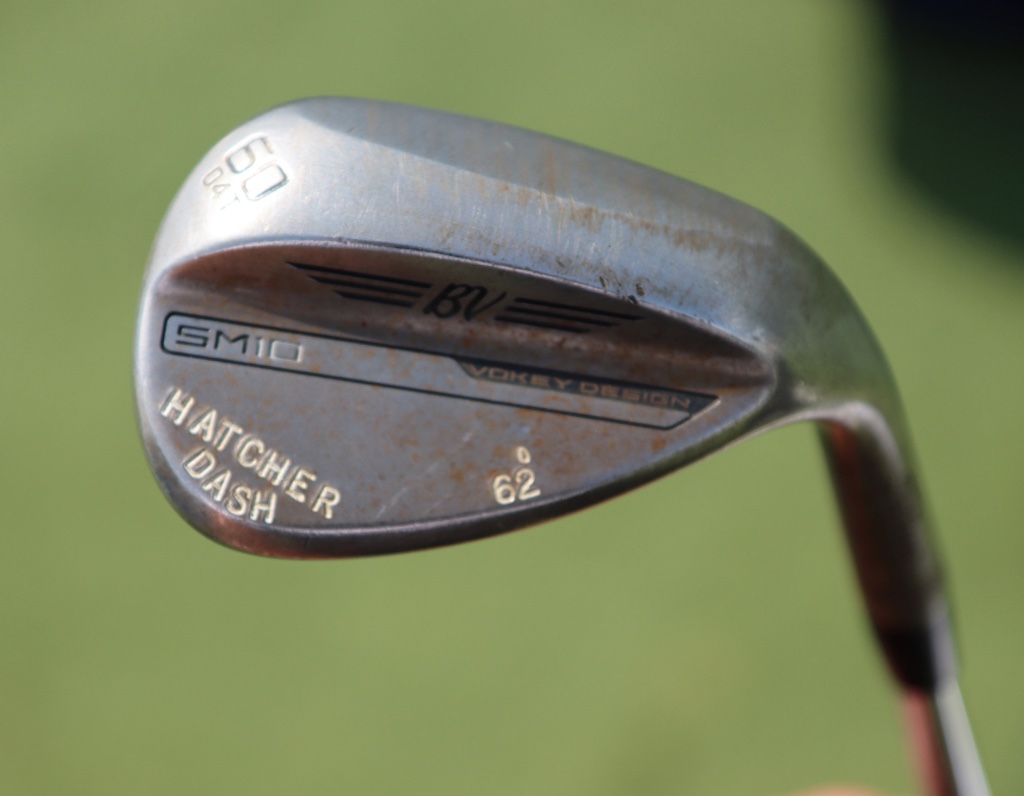
- Peter Malnati what’s in the bag accurate as of the Wyndham Championship. More photos from the event here.
Driver: Titleist GT3 (10 degrees, C2 SureFit setting)
Shaft: Project X Denali Blue 60 TX
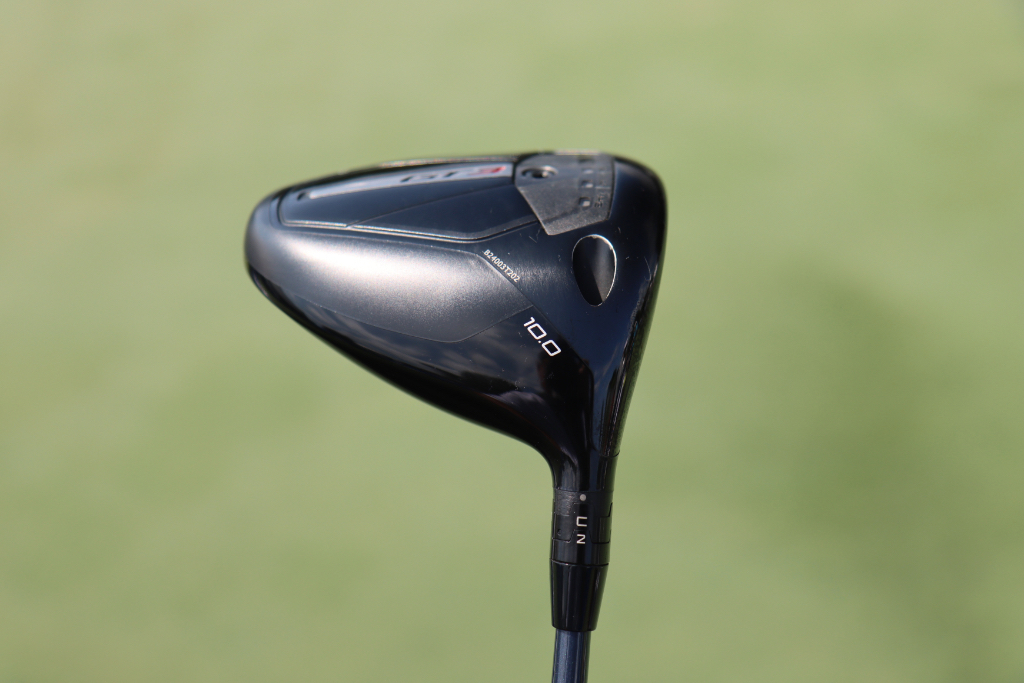

3-wood: Titleist GT3 (15 degrees, A1 SureFit setting)
Shaft: Fujikura Ventus TR Blue 7 X
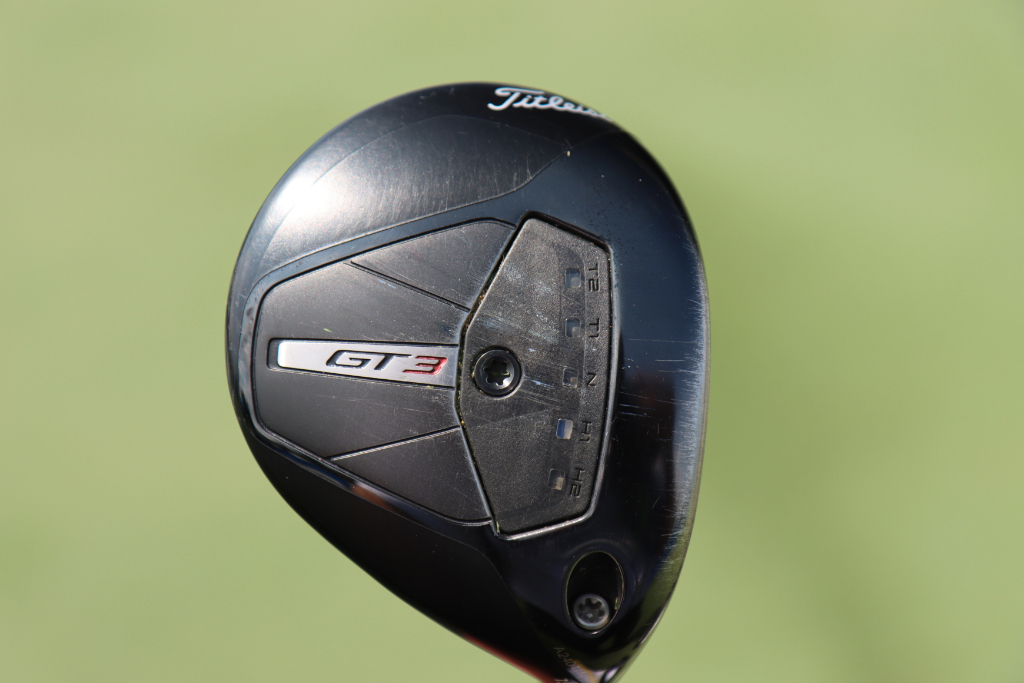
7-wood: Titleist GT2 (21 degrees, D1 SureFit setting)
Shaft: Fujikura Ventus TR Blue 8 X
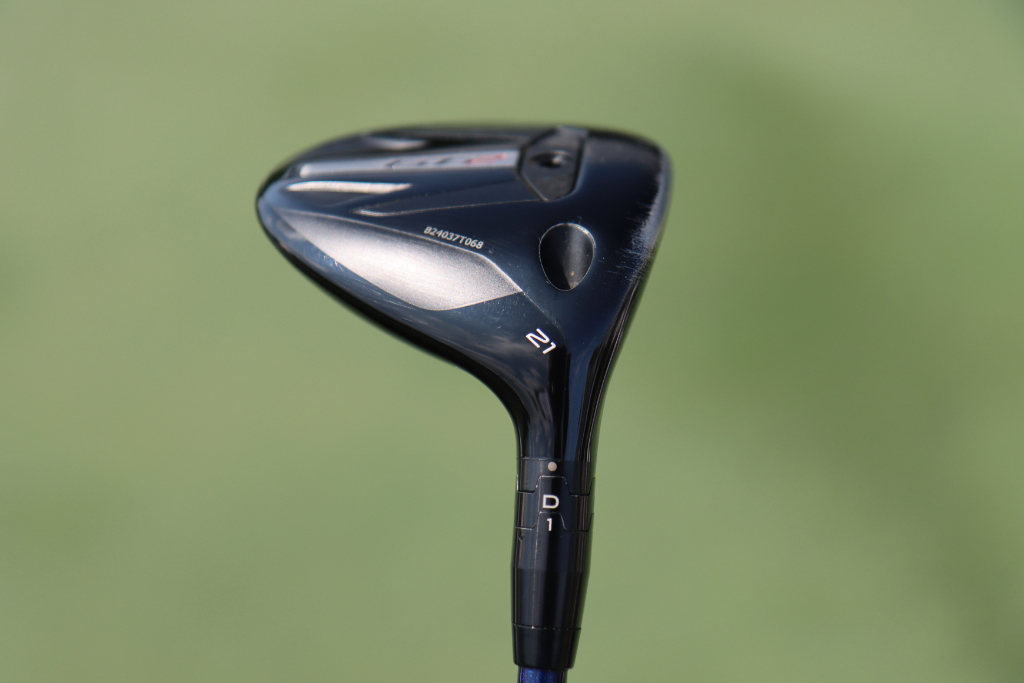
Irons: Titleist T150 (4, 5), Titleist T100 (6-9)
Shafts: True Temper AMT Tour White X100
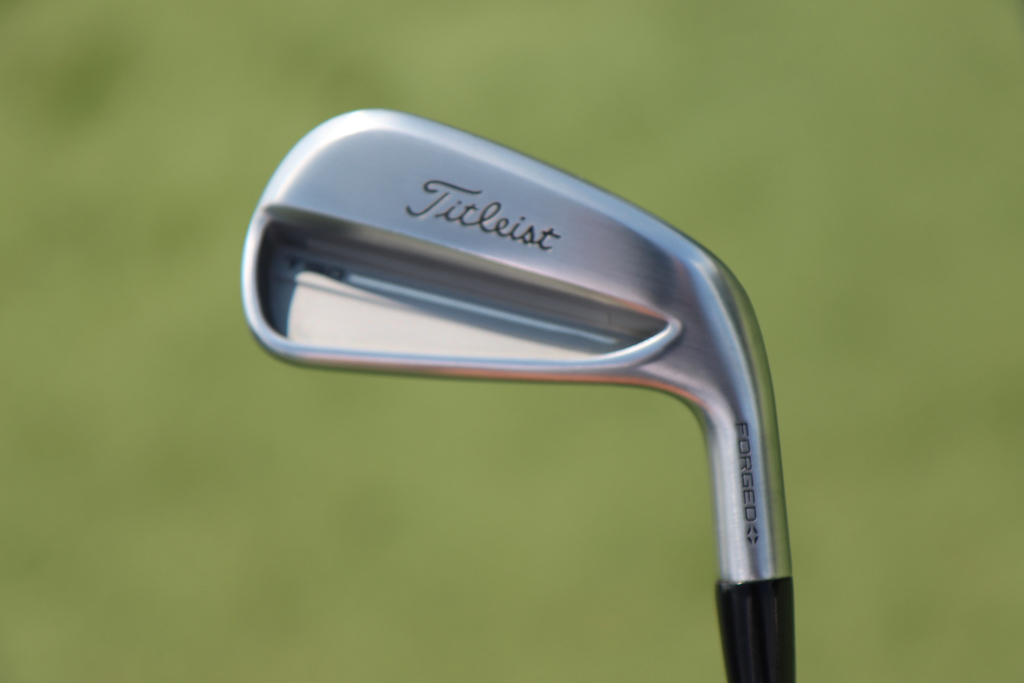
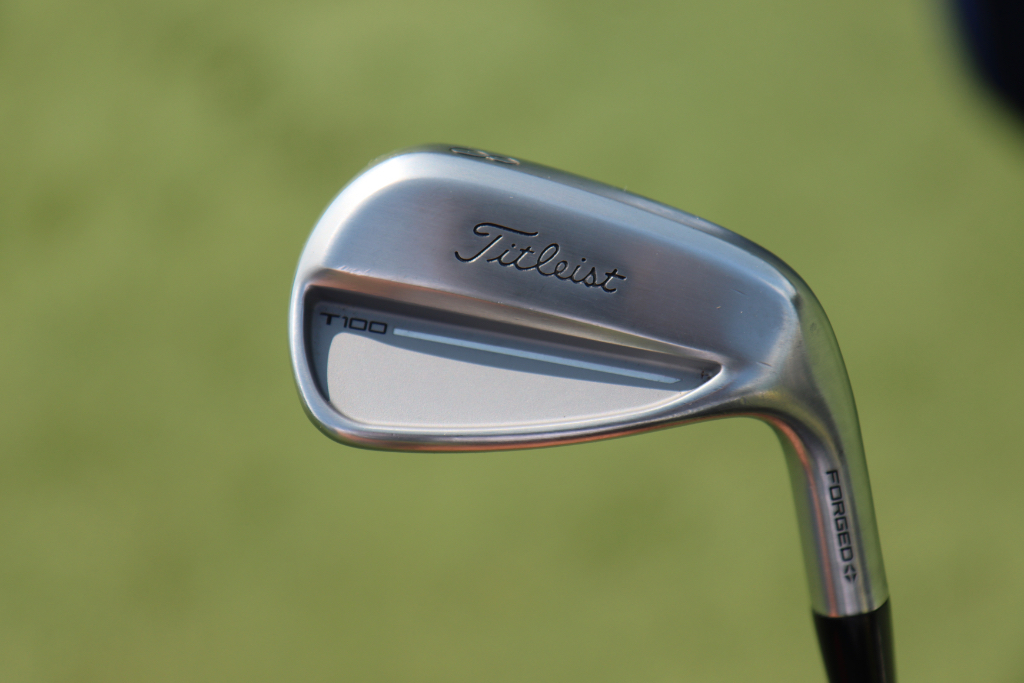
Wedges: Titleist Vokey Design SM10 (48-10F @47, 52-12F, 56-08M @57, 60-04T @62)
Shafts: True Temper Dynamic Gold Tour Issue S400
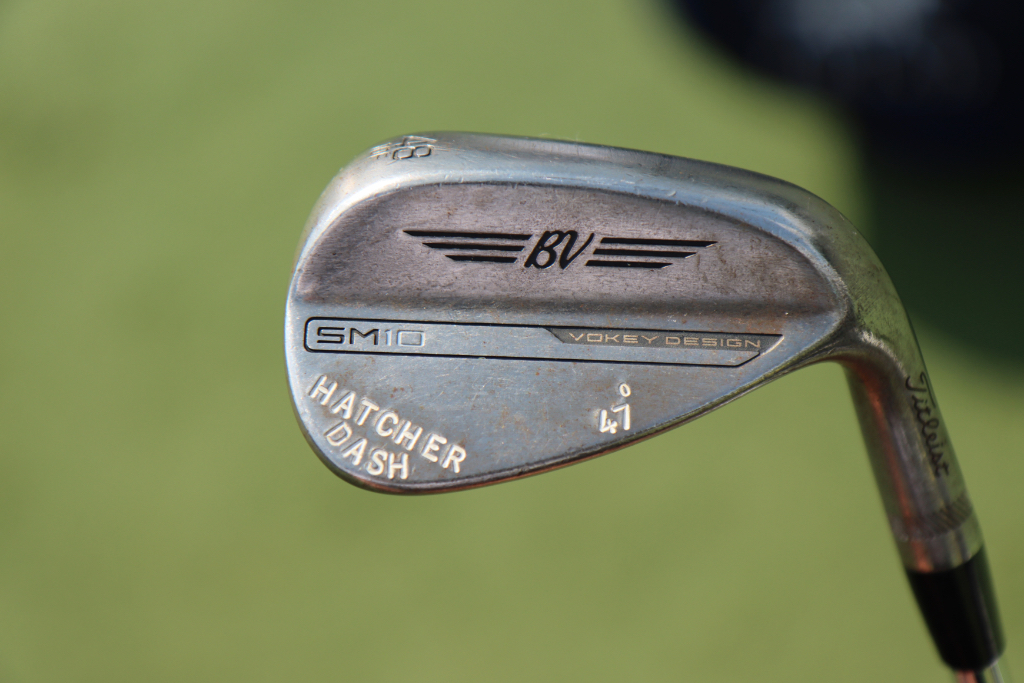
Putter: Scotty Cameron Studio Style Fastback 1.5 Tour Prototype
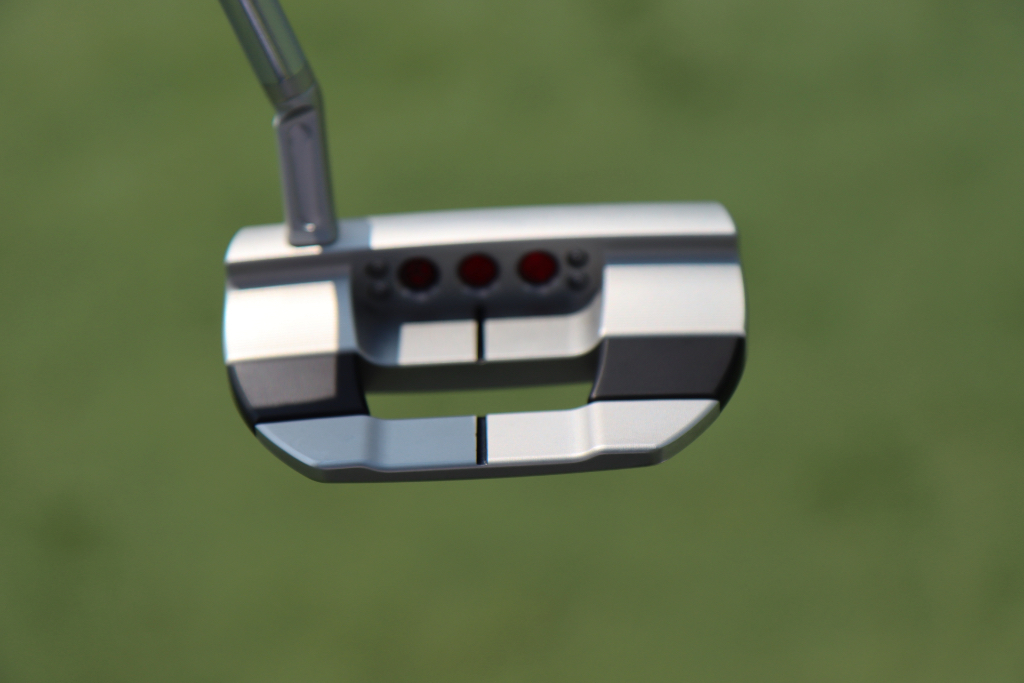
Grips: Golf Pride Tour Velvet
Ball: Titleist Pro V1x Yellow
Equipment
GolfWRX Members Choice presented by 2nd Swing: Best driver of 2025

We’re proud to once again partner with 2nd Swing Golf to bring you GolfWRX Members Choice 2025! 2nd Swing has more than 150,000 new and pre-swung golf clubs available in six store locations and online. Check them out here.

What is the best driver in 2025? At GolfWRX, we take great pride in our online community and the cumulative knowledge and experience of our members. When it comes to the best driver of 2025, we want to know what our forum faithful think.
Since our founding in 2005, the bedrock of GolfWRX.com has been the community of passionate and knowledgeable golfers in our forums, and we put endless trust in the opinions of our GolfWRX members — the most knowledgeable community of golfers on the internet. No other group of golfers in the world tests golf clubs as frequently or as extensively, nor is armed with such in-depth information about the latest technology.
Below are the results of GolfWRX member voting for the 2025 best driver, along with the vote percentage for each club.
Best driver of 2025: The top 5
5. Callaway Elyte Triple Diamond: 6.02%
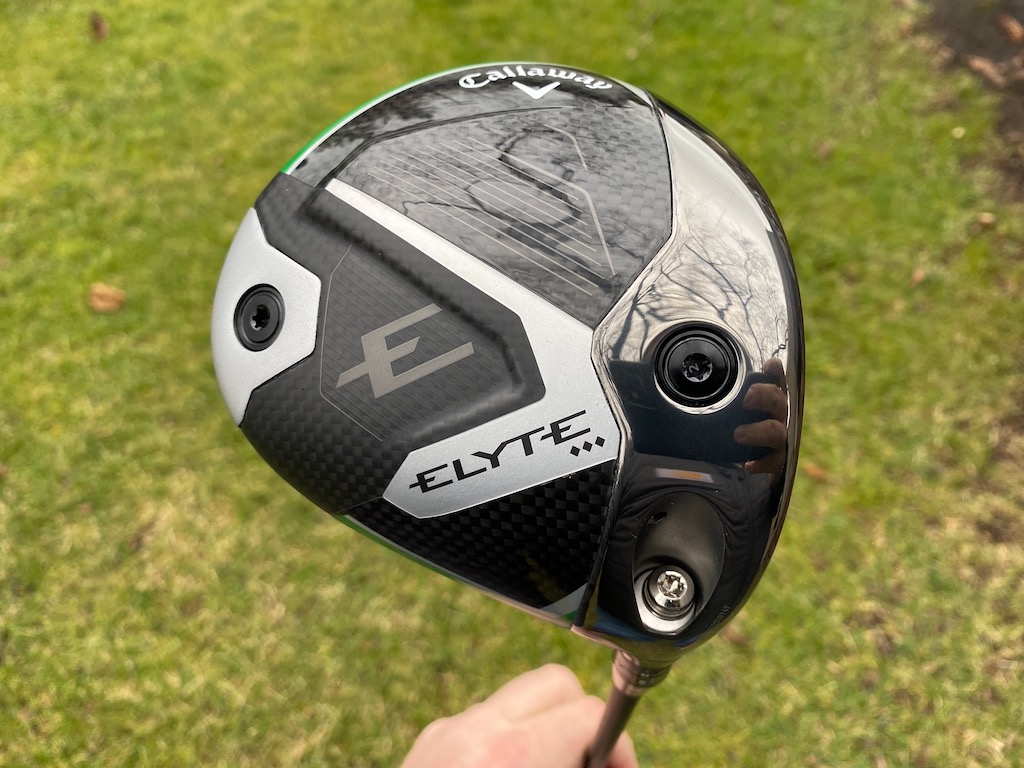
Callaway’s pitch: “For golfers looking for a fast, forgiving, yet workable driver, the Elyte Triple Diamond features a tour-inspired shape and is the preferred model by most Callaway tour players.”
You can read what other golfers are saying about the driver in the GolfWRX forums, and see our launch piece here. Shop the Callaway Elyte Triple Diamond here.
4. Ping G440 Max: 6.86%
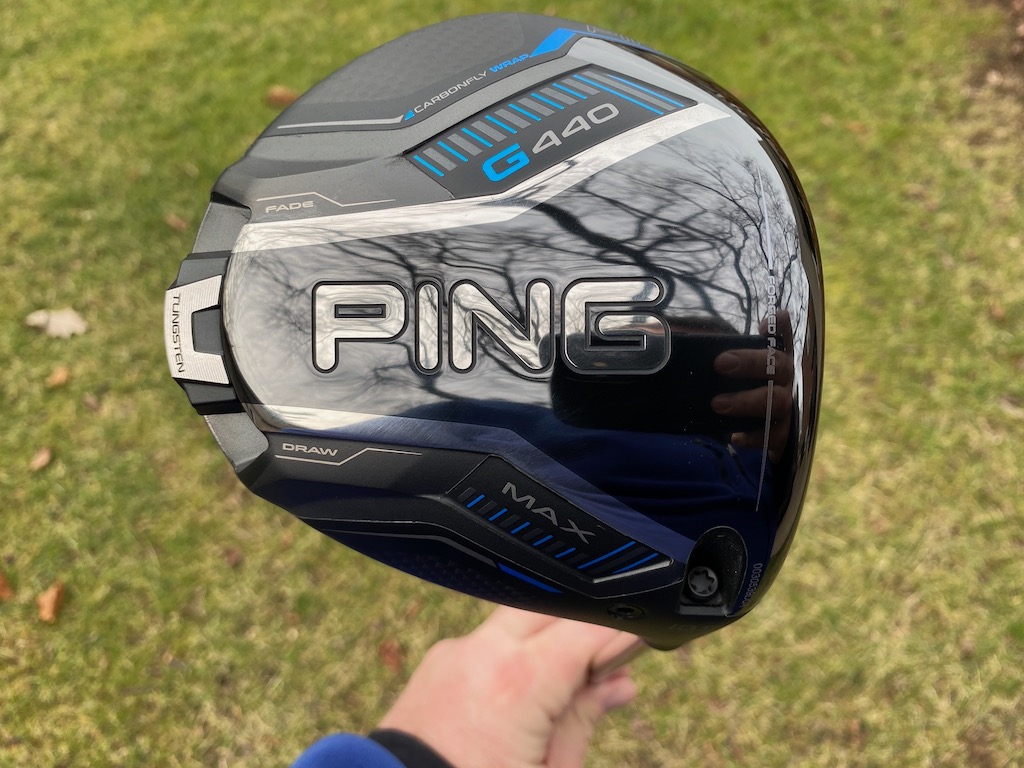
Ping’s pitch: “The most forgiving G440 model, MAX has a hotter face to generate speed and distance, and a lighter overall system weight with a longer shaft (46″) for faster clubhead speed, higher launch and longer carries. The Free Hosel and Carbonfly Wrap crown save weight to create our lowest CG ever and increase forgiveness while contributing to a more muted, pleasing sound.”
You can read what other golfers are saying about the driver in the GolfWRX forums, and see our launch piece here. Shop the Ping G440 Max here.
3. Ping G440 LST: 9.53%
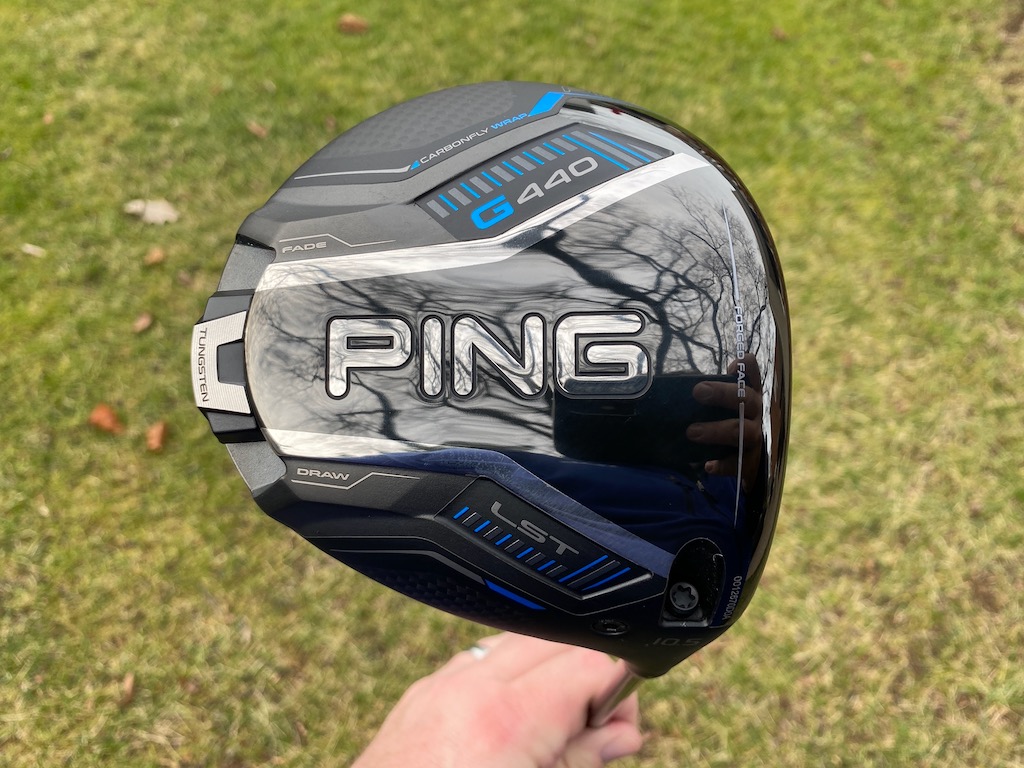
Ping’s pitch: “LST is an especially good fit for faster swings, offering less spin and more control with a penetrating trajectory. A hotter face, lighter overall system weight and longer shaft (46″) deliver more speed and distance while maintaining tight dispersion.”
@phizzy30: “Not a fan of Ping drivers in general, but 440 LST takes the cake. It’s super forgiving across the face for a low spin head, looks and sounds good and the ability to make it play neutral or slightly fade biased through the hosel settings is very appealing.”
You can read what other golfers are saying about the driver in the GolfWRX forums, and see our launch piece here. Shop the Ping G440 LST here.
2. Titleist GT3: 16.55%
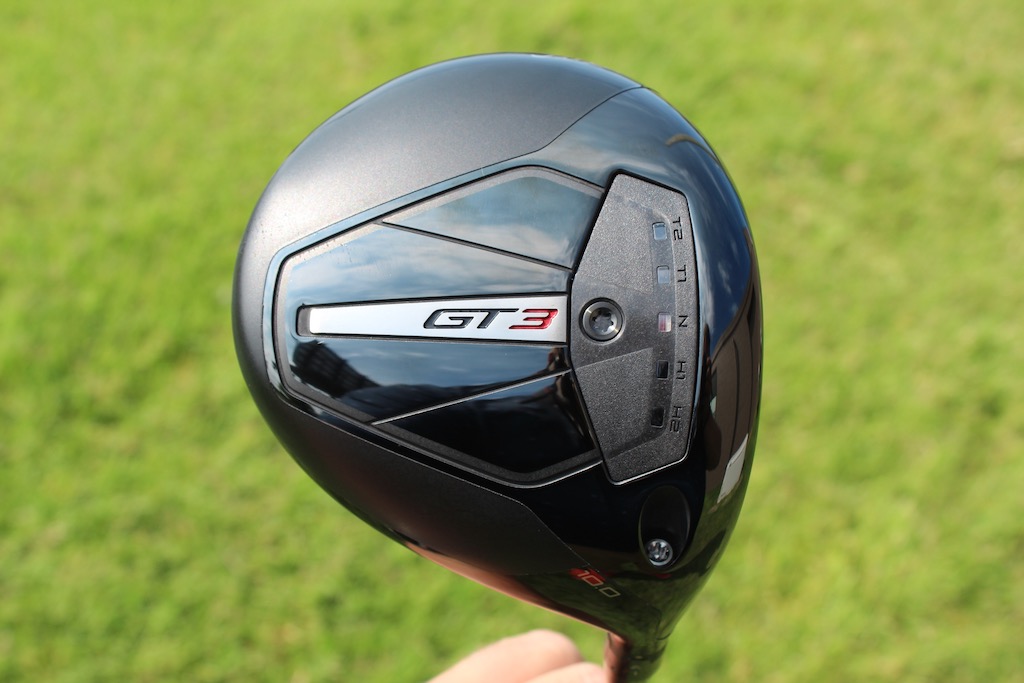
Titleist’s pitch: “The GT3 Driver offers Titleist’s boldest combination of power and personalization through adjustable performance. Dial in the CG Track to your frequent contact location to make your biggest drives even bigger while taking total control over flight and shaping.”
@mrmikeac: “I’ve been Anti-Titleist for years and years and years (outside of Vokey, of course). With that being said, HOLY BEGEEZUS the GT3 driver is an absolute NUCLEAR MONSTER! This thing blew my G430 10K Max out of the water in every single category. Forgiveness is the biggest thing that stands out of me, the 3 model has always been one of the less forgiving models in the past but this GT3 can take bad shot after bad shot and still end up in the fairway, I think a ton of that has to do with the adjustability, it’s actually effective. Feel and sound is perfect, that solid crack is so addicting to hear and when you hit it out the screws this thing can absolutely bomb it. Titleist, I’m sorry for doubting you. You have converted me.”
You can read what other golfers are saying about the driver in the GolfWRX forums, and see our launch piece here. Shop the Titleist GT3 here.
1. Titleist GT2: 22.91%
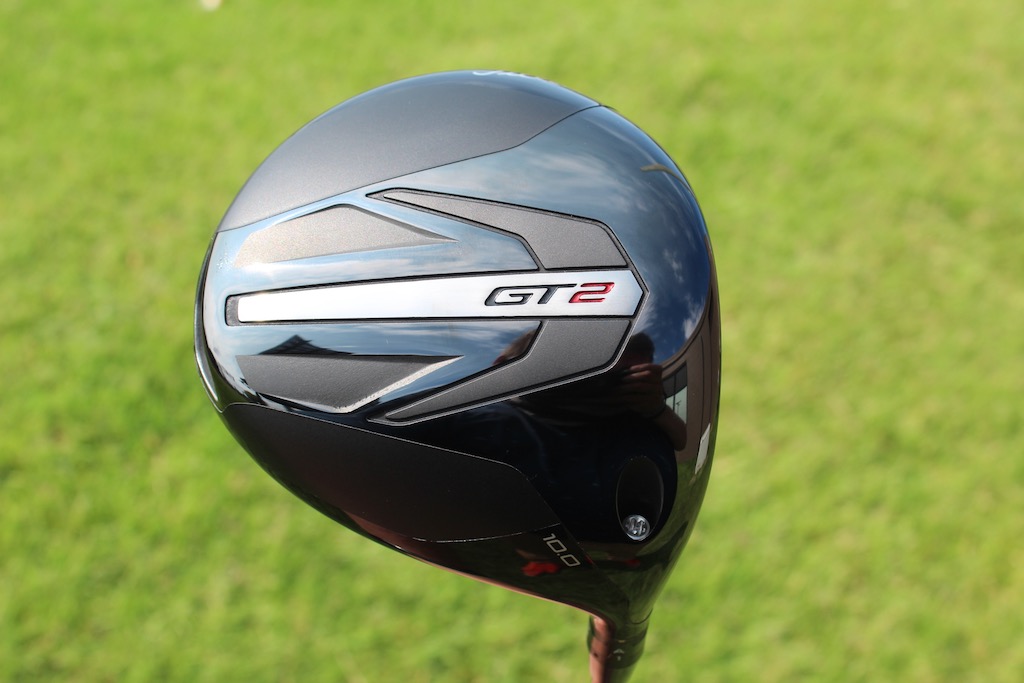
Titleist’s pitch: “Delivering impressive distance from any impact point, the Titleist GT2 Driver extracts maximum performance through a forgiving design. Get the stability and added confidence of a high-MOI driver without sacrificing speed.”
@DTorres: “The Titleist GT2 has proven to be the best driver of the year. Packaged in a classic profile, GT2 perfectly balances performance and forgiveness while consistently being a high performer across all categories.”
You can read what other golfers are saying about the driver in the GolfWRX forums, and see our launch piece here. Shop the Titleist GT2 here.
Other drivers receiving >2% of the vote
| Driver | Vote percentage (%) |
|---|---|
| Cobra DS Adapt Max K | 4.85% |
| Ping G430 Max 10K | 3.85% |
| Callaway Elyte Triple Diamond | 3.68% |
| TaylorMade Qi35 | 3.51% |
| Callaway Elyte | 3.18% |
| Cobra DS Adapt X | 2.34% |
| Cobra DS Adapt LS | 2.17% |
| TaylorMade Qi35 LS | 2.17% |
View this post on Instagram




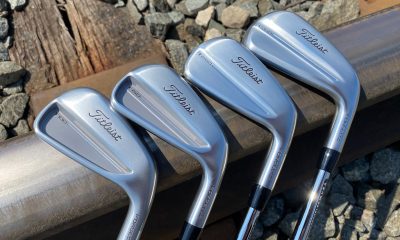

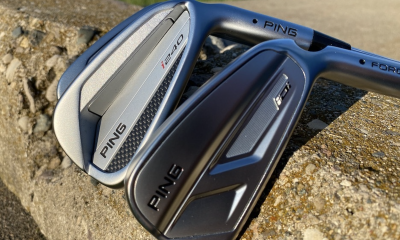















Pingback: GolfWRX Members Choice presented by 2nd Swing: Best graphite wood shaft of 2024 – GolfWRX
Pingback: Limited-edition Fujikura Ventus TR Blue Patriot Edition shaft announced - Fly Pin High
Pingback: Limited-edition Fujikura Ventus TR Patriot Edition shaft announced - Fly Pin High
Pingback: GolfWRX Members Choice presented by 2nd Swing: Best graphite wood shaft of 2023 - Fly Pin High
Pingback: GolfWRX Members Choice presented by 2nd Swing: Best graphite wood shaft of 2023 – GolfWRX
Pingback: Axiom: Fujikura’s all-new iron shaft with VeloCore - Fly Pin High
Pingback: Axiom: Fujikura’s all-new iron shaft with VeloCore – GolfWRX
Pingback: Rounding out the lineup: Fujikura Ventus TR Red, Black – GolfWRX
Pingback: Here’s why Jordan Spieth switched into a new Fujikura Ventus TR Blue shaft at Pebble Beach – GolfWRX
Pingback: Tour Report: 9 burning gear topics from the 2022 American Express – GolfWRX
Skip
Jan 20, 2022 at 1:50 pm
“the torque is 10% stiffer”? that makes no sense. Also stiffer doesn’t always equal lower spin.
Pingback: Photos from the 2022 American Express – GolfWRX
John
Jan 17, 2022 at 11:47 am
Can we expect to see a price reduction on the original Ventus blue then? Or is the old model going to stay the same price as this new model
nicelife
Jan 17, 2022 at 11:24 am
Weldon back!